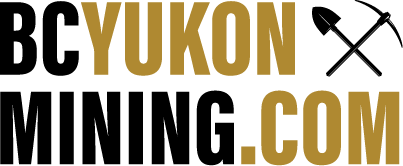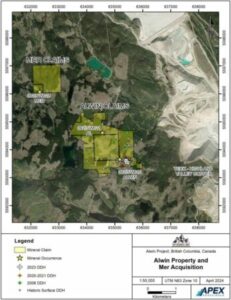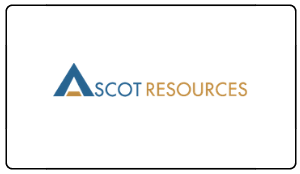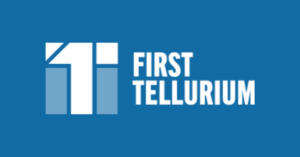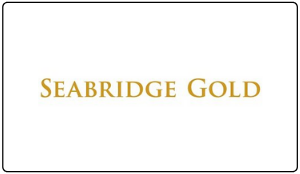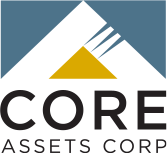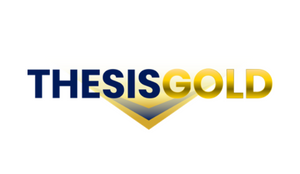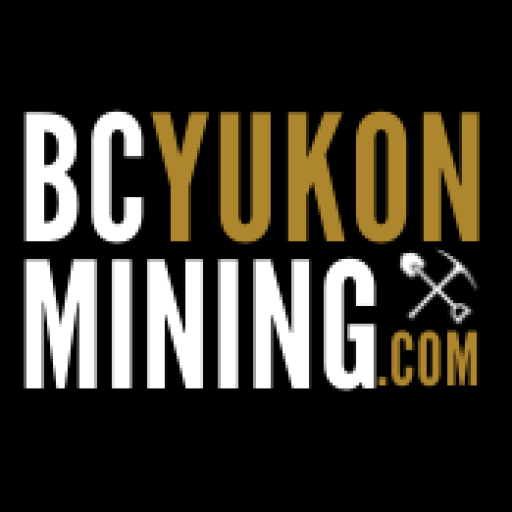Vancouver, British Columbia: FIREWEED METALS CORP. (“Fireweed” or the “Company”) (TSXV: FWZ; OTCQB: FWEDF) is pleased to report additional assay results from its 2023 exploration at the Macmillan Pass Project, Yukon, and provide an update from its largest ever drill program.
CEO Statement
Brandon Macdonald, CEO, stated, “In our largest field season ever, we continue to hit spectacular grade and widths of mineralization at Boundary Zone. The results from NB23-007 include two intersections which continue to demonstrate the world-class potential of mineralization at Boundary Zone. These results show continuity with, and even eclipse NB22-002, formerly Fireweed’s best-ever drillhole, in terms of grade and length of mineralization.”
Results from the Boundary Feeder Zone Target
Following up on drilling from 2022 and the initial results of the 2023 program which targeted a gap in the drilling between two of Fireweed’s best‑ever drillholes at Boundary Zone, NB22-002 and NB22-023 (see Fireweed news releases dated June 22, 2023, November 22, 2022, and March 2, 2023), Fireweed has continued to test the high-grade feeder zone target that is interpreted to occur as at least one stratiform layer within a sediment hosted massive sulphide system. Both the initial results from 2023 as well as those from 2022 intersected very wide, high-grade zones and demonstrate continuity of the mineralized system.
Table 1: Assay result highlights for holes of the 2023 drilling program, Boundary Zone.

* Denotes intervals with core recovery of less than 85%
Fireweed has successfully intersected pyrite-sphalerite-galena as stratiform massive sulphides, laminated mineralization, replacement mineralization, veins, and breccias in the 2023 step-outs. Zinc mineralization has been intersected in every step-out hole that has been completed to depth at both Boundary Zone and the Tom deposit. Assays have been received for the first eight holes, with holes NB23-004, NB23-005, NB23-006, NB23-007, and NB23-008 reported in this news release (Tables 1 and 2, with two minor intervals with assays pending at the end of holes NB23-006 and NB23-008) along with brief logging summaries for an additional 34 holes that have tested targets at Tom and Boundary Zone (Table 3).
- Hole NB23-007 intersected a lower interval of 118 m grading 15.1% zinc, 2.8% lead, and 85.8 g/t silver that demonstrates continuity of grade with the exceptional results from NB22-002, as well as an upper interval comprising 82.5 m of massive sulphide grading 11.9% zinc, 2.2% lead, and 81.2 g/t silver. The upper and lower stratiform massive sulphide zones were intersected at a low angle to bedding and have estimated true widths of approximately 15 m and 40 m, respectively.
- Hole NB23-004 intersected two intervals of sphalerite and galena mineralization, with a 33.43 m intersection (22 m true width) correlated with the stratiform layer of mineralization grading 8.0% zinc, 2.0% lead, and 59.2 g/t silver and a 20.49 m intercept of vein and replacement style sulphides grading 4.9% zinc.
- Hole NB23-006 intersected two zones, a 32.65 m (16 m true width) intercept of laminated sulphides grading 4.4% zinc and 12.4 g/t silver, and a 38.7 m interval of vein and replacement mineralization grading 5.6% zinc and 6.7 g/t silver.
- Hole NB23-005 intersected a 25.25 m (22 m true width) interval of semi-massive, laminated and stratiform sulphide containing 6.4% zinc, 0.7% lead, and 31.9 g/t silver including 9.5 m (8.3 m true width) of 12.2% zinc, 1.3% lead, and 66.9 g/t silver.
- Hole NB23-008 intersected a 44.7 m interval of volcanic hosted semi-massive sulphide containing 6.5% zinc and 9.6 g/t silver, including 16.3 m of 10.3% zinc, and 11.3 g/t silver. This hole contained another interval of 35.4 m of vein-mineralization grading 5.2% zinc, and 8.8 g/t silver, including 11.5 m of 10.7% zinc, and 13.5 g/t silver (see Photo 1).
See Tables 1, 2 and 3, Long Section M-M’, Cross Section K–K’, Cross Section L–L’ and Maps 2 and 3 below for further details.
Step-out drilling at Boundary Zone targeting the massive–stratiform zone has resulted in many wide intersections of zinc-lead mineralization with assays pending. The most significant intersections can be seen on Long Section M-M’ and are listed here:
- NB23-011 intersected 45 m of massive, semi-massive and brecciated sulphide.
- NB23-012 intersected 48 m of massive to laminated sulphide.
- NB23-013 intersected 25 m of massive sulphide.
- NB23‑016 intersected 70 m of feeder proximal massive sulphide.
- NB23-019 intersected 60 m of massive sulphide.
- NB23-022 intersected 55 m of massive sulphide.
- NB23-028 intersected 140 m of feeder-proximal laminated to massive sulphides.
Thirty-one holes have been drilled at Boundary Zone so far in 2023 and have tested the laminated stratiform mineralization and massive sulphide zones. The geometry and stratigraphic sequence intersected in these holes continue to support the idea that the laminated and massive sulphide mineralization are part of the same geological layer at Boundary Zone, forming an approximately tabular stratiform zone. Step out drilling down-dip intersected abundant galena, supporting the presence of the conceptual feeder zone. While this remains a preliminary interpretation of the available geological data, deep testing provided by NB23-007 supports this model, extending the depth of mineralization in the massive stratiform layer from surface to at least 400 m, with the zone becoming higher grade and wider, where it remains open at depth.
Extensive vein, breccia, and replacement mineralization at Boundary Main occurs both above and below the main stratiform laminated massive sulphide zone. Many wide intervals of vein, breccia and replacement style sphalerite mineralization have been encountered in 2023 step-out holes and several infill holes (Table 3).
2023 Drill Program Drilling Update
The 2023 program remains in full swing with five diamond drill-rigs, targeting ~22,000 m of drilling mostly focused on Boundary, Tom, and Jason zones (Map 1) with >14,500 m completed thus far. The drill program will focus on step-out targets at Boundary Zone, Jason, and Tom, as well as test several exploration targets away from the known zones.
Drill penetration rates in the first 29 holes was between 17–50% faster than historical performance. The higher than forecast performance of the drilling has allowed the bulk of the original planned drilling to be completed earlier than planned providing an opportunity to test additional targets.
About Fireweed Metals Corp. (TSXV: FWZ; OTCQB: FWEDF; FSE:20F): Fireweed Metals is a public mineral exploration company on the leading edge of Critical Minerals project development. Fireweed is well-funded, with a healthy working capital position, and is well-positioned to carry out a large 2023 exploration program. The Company has three projects located in Canada:
- Macmillan Pass Project (Zinc-Lead-Silver): Fireweed owns 100% of the district-scale 940 km2 Macmillan Pass Project in Yukon, Canada, which is host to one of the largest undeveloped zinc resources in the world* where the Tom and Jason zinc-lead-silver deposits have current Mineral Resources1 (11.21 Mt Indicated Resource at 6.59% zinc, 2.48% lead, and 21.33 g/t silver; and 39.47 Mt Inferred Resource at 5.84% zinc, 3.14% lead, and 38.15 g/t silver) and a Preliminary Economic Assessment2 (PEA). In addition, Boundary Zone, Tom North and End Zone have significant zinc-lead-silver mineralization drilled but not yet classified as mineral resources. The Project also includes large blocks of adjacent claims with known showings and significant upside exploration potential.
- Mactung Project (Tungsten): The Company owns 100% interest in the 37.6 km2 Mactung Project located adjacent to the Macmillan Pass Project. Recently announced mineral resources for Mactung (41.5 Mt Indicated Resource at 0.73% WO3 and 12.2 Mt Inferred Resource at 0.59% WO3)3 make it the world’s largest high-grade resource of the Critical Mineral tungsten*. Located in Canada, it is one of the rare large tungsten resources outside of China*.
- Gayna River Project (Zinc-Lead-Gallium-Germanium): Fireweed owns 100% of the 128.75 km2 Gayna River Project located 180 km north of the Macmillan Pass Project. It is host to extensive mineralization including Critical Minerals zinc, gallium and germanium as well as lead and silver, outlined by 28,000 m of historical drilling and significant upside potential.
Qualified Person Statement
Technical information in this news release has been approved by Fireweed’s VP Geology, Dr. Jack Milton, P.Geo. (BC), a ‘Qualified Person’ as defined under Canadian National Instrument 43-101.
In Canada, Fireweed (TSXV: FWZ) trades on the TSX Venture Exchange. In the USA, Fireweed (OTCQB: FWEDF) trades on the OTCQB Venture Market (www.otcmarkets.com) and is DTC eligible for enhanced electronic clearing and settlement. In Europe, Fireweed (FSE: 20F) trades on the Frankfurt Stock Exchange.
Additional information about Fireweed and its projects can be found on the Company’s website at FireweedMetals.com and at www.sedarplus.com
ON BEHALF OF FIREWEED METALS CORP.
“Brandon Macdonald”
CEO & Director
Contact: Brandon Macdonald
Phone: (604) 646-8361
Email: info@fireweedmetals.com
